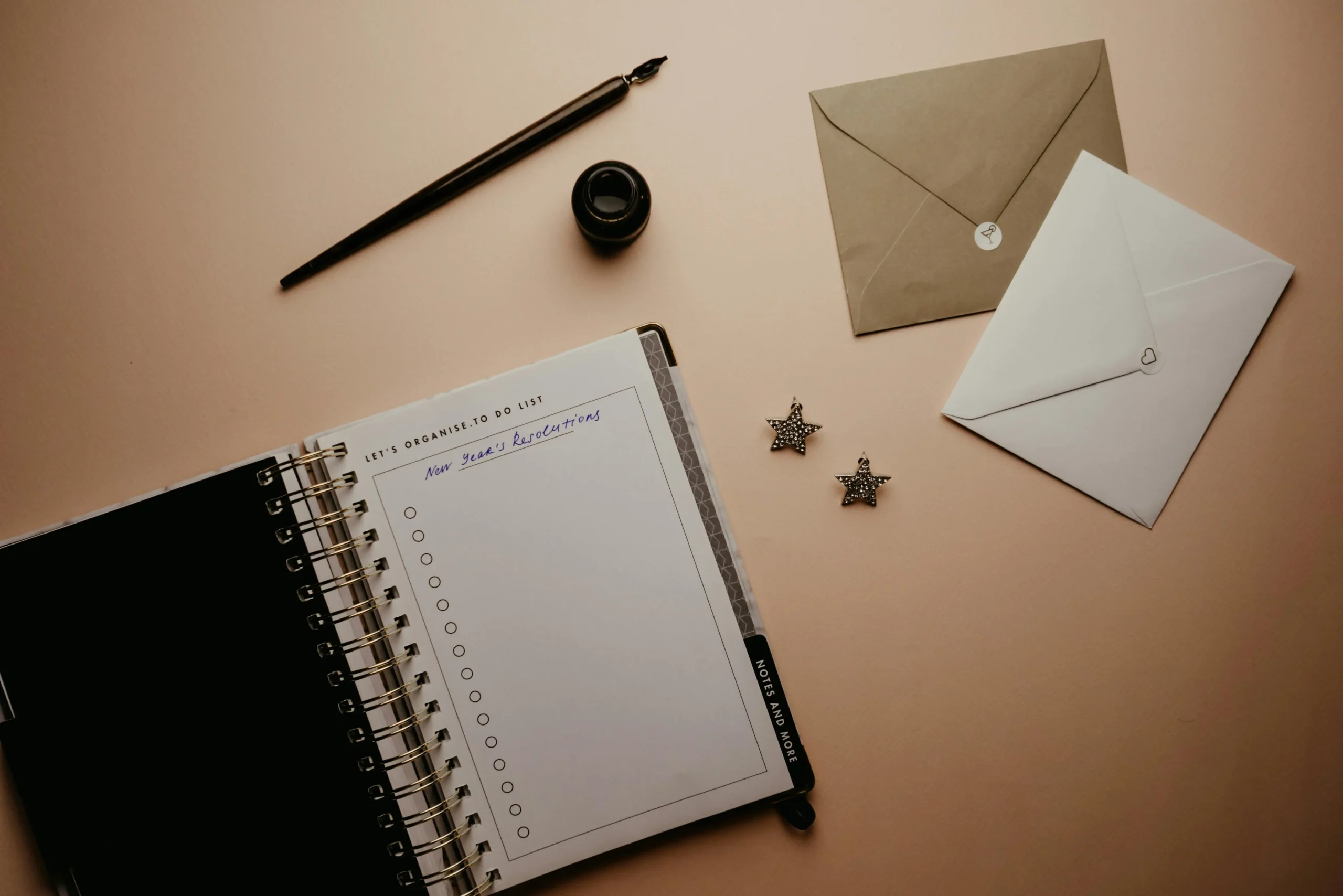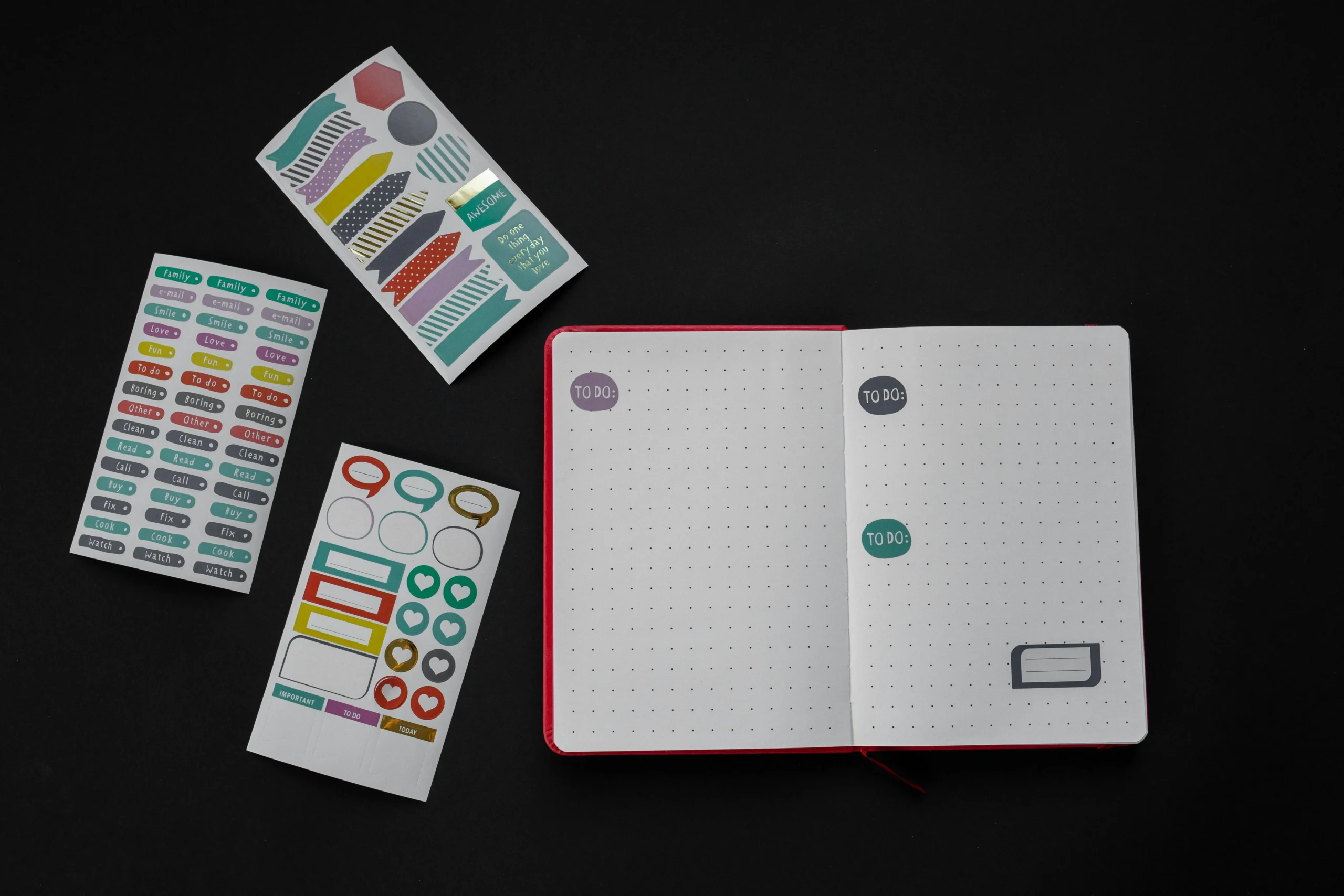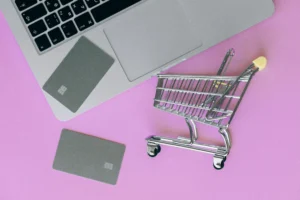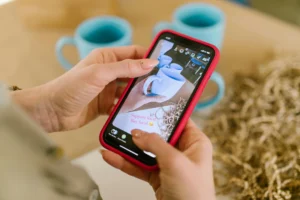
In today’s rapid digital marketplace, first impressions mean everything—particularly for digital stores. Some product pages grasp attention, build belief, and operate purchases abruptly. Others? They fall flat, lose visitors, and quit sales on the table.
So, why do some product pages turn U.S. buyers abruptly, while others cause hesitation or desertion?
In this discussion, we’ll break down the key elements that make a high-converting product page irresistible—backed by current end-user behavior, SEO, UX, and marketing best practices for the U.S. eCommerce market.
What Does “Conversion” Mean in eCommerce?
A conversion occurs when a visitor on your product page takes a desired action—usually a purchase, but it could also be:
- Adding to cart
- Signing up for back-in-stock alerts
- Clicking on a “Buy Now, Pay Later” option
- Saving the product for later
Conversion pages move visitors from interest to action in just a few seconds.
Why Product Page Optimization Matters in the U.S.
U.S. shoppers are spoiled for choice and little on time. With Amazon, Walmart, and thousands of DTC (direct-to-consumer) brands competing, your product page requires to:
- Communicate value instantly
- Build credibility and trust
- Remove buying friction
- Provide fast-loading, mobile-optimized content
Fact:
According to the Baymard InstituteBaymard Institute, 70% of U.S. digital shopping carts are abandoned—many because of faulty page layout, blurry value, or lost info.Key Elements of Product Pages That Convert Instantly
1. ✅ Clear, Benefit-Focused Product Title
U.S. shoppers skim. Your product title should:
- Be short and descriptive
- Include key benefits or differentiators
- Use simple, searchable language
Bad Example:
“DriTech 4000 Model”Good Example:
“Wireless Noise-Canceling Earbuds – 48-Hour Battery & Sweatproof Layout” SEO Tip: Position your vital keyword near the initiating of the title.2. 🖼️ High-Quality, Multi-Angle Product Images
Americans love visual confirmation. Use:
- 3–6 images minimum
- Enlarge capability
- Lifestyle images (e.g., outcome in real life)
- 360° or video if possible
Pro Tip:
Add a “mouseover zoom” feature and mobile pinch-to-zoom—especially useful in fashion, tech, and beauty.3. 🎥 Short Demo or Testimonial Video
U.S. buyers are highly video-driven. A 30–60 second product demo or UGC review can:
- Build trust
- Show real-life use
- Highlight features better than text
Fact:
According to Wyzowl, 88% of U.S. end-users say they’ve been persuaded to purchase a product after watching a brand’s video.4. 🛒 Clear, Visible Pricing (and Payment Options)
Don’t hide pricing behind buttons. Include:
- Final price, taxes (if applicable), shipping info
- “Buy Now, Pay Later (BNPL)” options like AfterpayAfterpay or Klarna
- Sale countdowns or limited stock indicators (AdSense-safe if accurate)
💳 Example: “Only \$59.99 or 4 payments of \$14.99 with Klarna.”
5. ⭐ Social Proof (Reviews, Ratings, UGC)
Nothing develops belief quicker than real feedback. Display:
- Star ratings (4.5 or higher ideal)
- Verified buyer reviews
- Images/videos from end-users
- Review sorting (Most favorable, Most latest)
📌 AdSense Note: Do not use fake reviews or manipulated star systems. Google may flag these as deceiving content.

6. 📄 Persuasive Product Descriptions (Not Just Specs)
Tell a history. Spotlight how the product resolves an issue, not just what it does. Use:
- Bullet points for features
- Bolded benefits
- Easy, casual tone that speaks to the U.S. lifestyle
Example: Instead of “Made from TPU,” say “Shock absorbing, lightweight build that protects your phone from drops—without the volume.”
7. 🕒 Fast Load Time and Mobile Optimization
U.S. buyers expect near-rapid outcomes. Your product page must:
- Load in under 3 seconds
- Be fully responsive on mobile and tablets
- Use lazy-loading for images/videos
SEO Tip:
Google rewards rapid-loading pages with leading rankings. Use equipment like Google PageSpeed Insights to test performance.8. 🔐 Trust Signals and Policies
Make it easy for American consumers to trust your brand:
- Free returns/satisfaction guarantee
- SSL security badges
- Trustpilot or BBB accreditation
- Clear shipping and return policies
📌 Bonus: Use real-time indicators like “Over 1,200 sold in the U.S. this month” (only if factual).
Examples of High-Converting U.S. Product Pages
Allbirds (Shoes)
- Easy, phone-optimized design
- Environmentally conscious storytelling
- Reviews and sustainability proof
🔹 Glossier (Beauty)
- Short, clean copy
- User-generated images
- Auto-playing how-to videos
🔹 Brooklinen (Home Goods)
- Clear pricing bundles
- Easy checkout
- 1-click “Add to Cart” from above-the-fold
Bonus Features That U.S. Shoppers Love
📦 “Try Before You Buy”
Brands like Warby Parker and ThirdLove allow U.S. end-users to test products at home before buying. Consider executing trial possibilities if feasible.
🔄 Easy Returns and Refunds
Clear return windows (1 month-3 month) and prepaid return labels minimize friction and develop confidence.
📧 Back-in-Stock or Price Drop Alerts
Gen Z and Millennial shoppers love personalized notifications. Offer an email/SMS alert for limited items.
SEO Benefits of Optimized Product Pages
An effective product page doesn’t just convert—it ranks. Benefits include:
- Higher organic visibility for product and brand keywords
- Most time on page = lesser bounce rate
- Rich results (review stars, availability, pricing in SERPs)
💡 Schema to Implement:
- Product
- Review
- Offer
- Aggregate Rating
Final Thoughts
Why do some product pages instantly convert U.S. shoppers? Because they combine clarity, speed, trust, and simplicity. American end-users won’t waste time or money on puzzling, leisurely, or dishonest pages.
If your product page can tell a compelling story, offer proof, and make the buying process seamless—you’re not just selling a product. You’re selling confidence.
And that’s what converts.
Recent Posts


Is One-Click Checkout Becoming Essential for U.S. Online Stores?

Why Is ‘Buy Now, Pay Later’ So Popular with U.S. Gen Z Shoppers?


